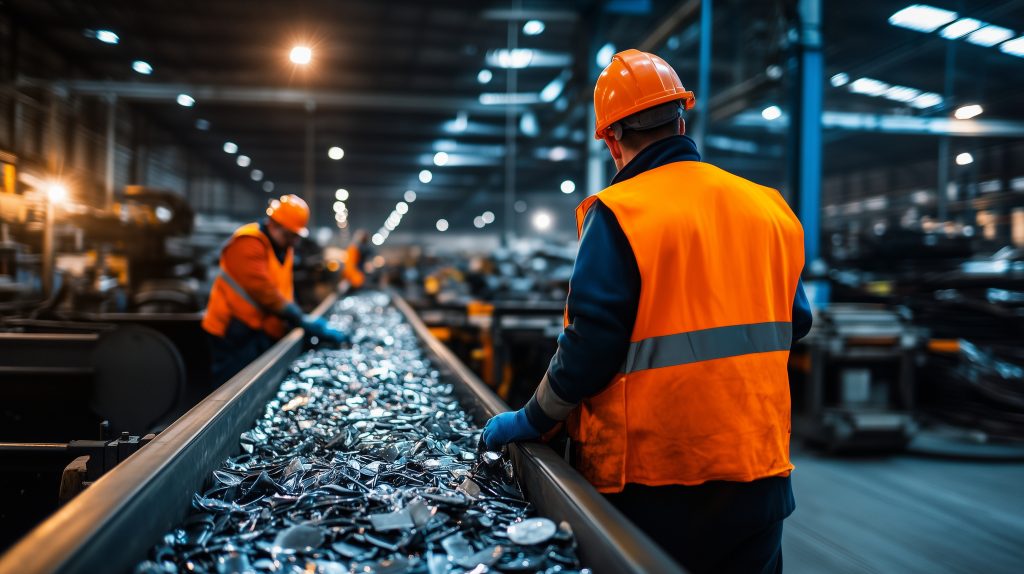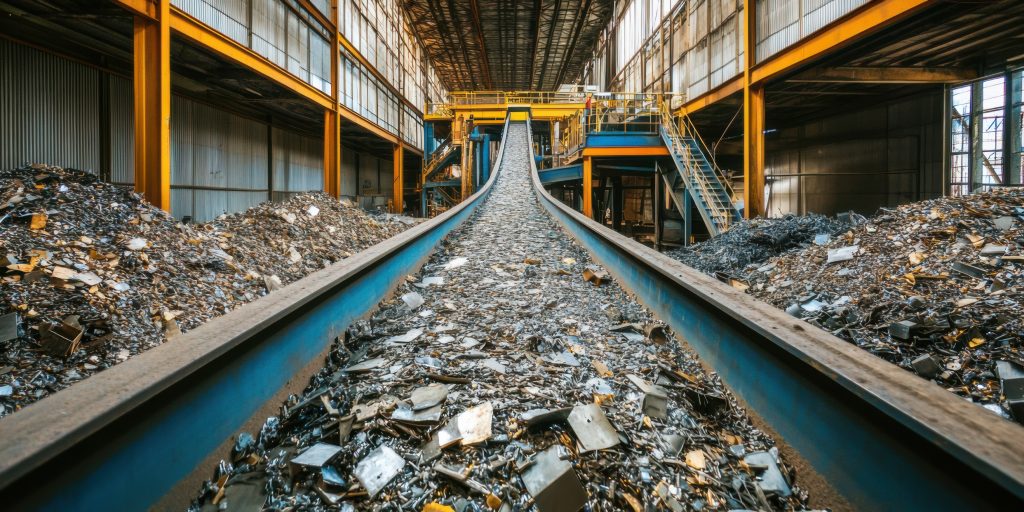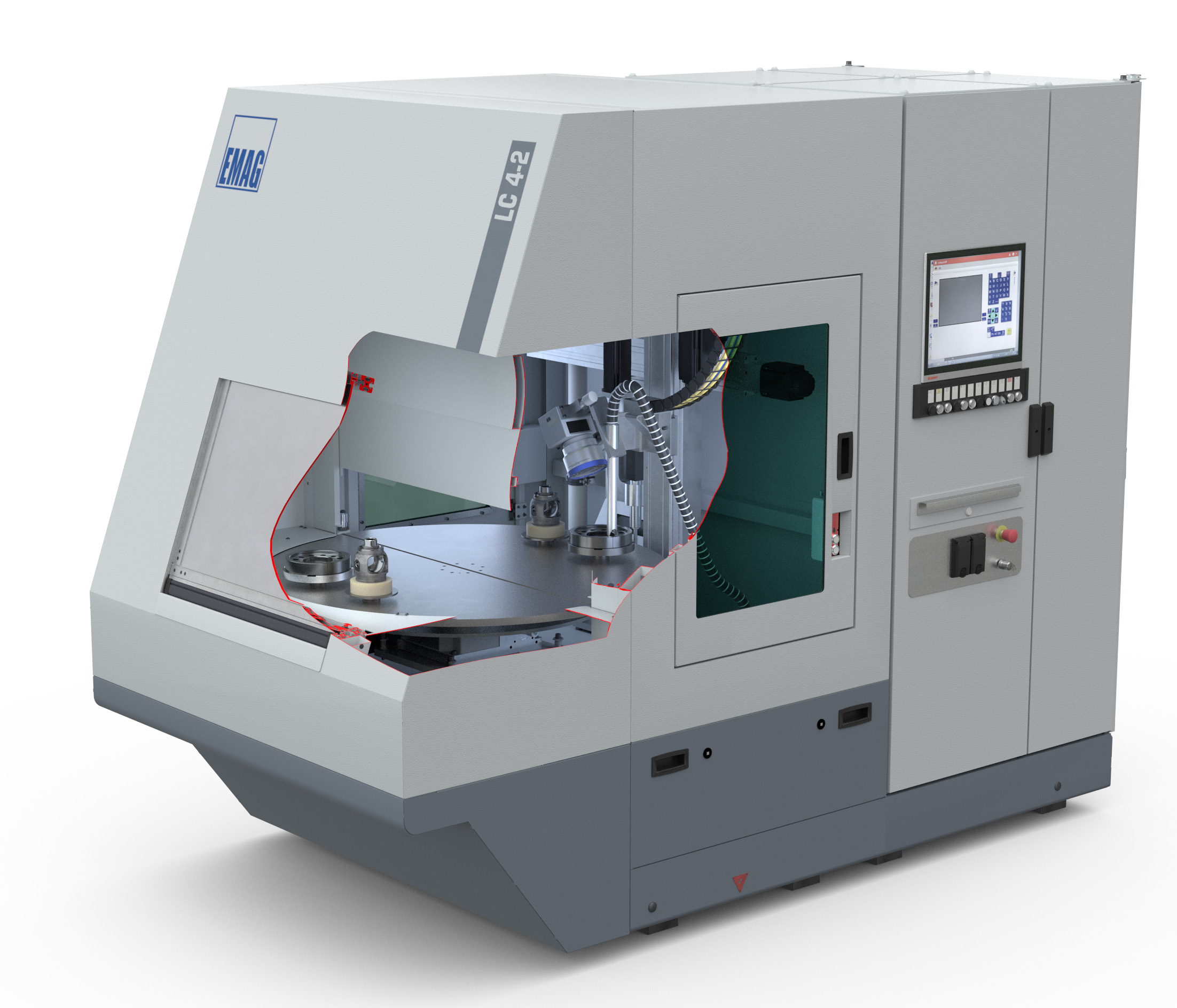The global demand for a wide variety of metals continues to grow, driven by an expanding population and accelerating technological progress. Mining operations face mounting pressure to extract increasing amounts of raw materials, yet significant supply deficits are anticipated. Consequently, scrap metal recycling has become a critical strategy to meet these demands. Recycling metals preserves invaluable resources—addressing environmental sustainability—and also offers cost savings compared to mining new ores, as it consumes considerably less energy. The effectiveness of recycling, however, depends heavily on applying rapid and reliable techniques for determining the composition of materials to be processed. X-ray fluorescence (XRF) technology is particularly well suited for this purpose, enabling recyclers to quickly identify metals and alloys and efficiently sort bulk scrap according to alloy type.
The importance of scrap metal recycling
As the global population rises, so does the need for metals for infrastructure, construction, and transportation. Coupled with the shift towards green energy and decarbonization efforts—where nearly 90% of countries have committed to net-zero carbon objectives—the demand for metals with specific properties is intensifying. For instance, the transition from fossil-fuel vehicles to electric vehicles (EVs) increases the need for lithium-ion batteries, which rely on metals like cobalt, nickel, aluminium, and copper in higher volumes. This surge in metal consumption coincides with challenges facing mining sectors worldwide, including high energy costs, diminishing supplies of high-grade ores, and operations increasingly dealing with ores of low metal concentration.

One viable response is to substantially increase scrap metal recycling. For this to succeed, it is crucial to precisely know the chemical makeup of recyclable materials and accurately identify different alloy grades to avoid contamination during downstream processes. Quickly pinpointing the most valuable scrap components can significantly boost profitability, justifying investment in analytical tools. Portable instruments such as handheld XRF analysers provide recyclers with the capability to determine metal composition and grades in seconds, without the need for traditional, more laborious tests like spark or chemical assays that require sample grinding and involve hazardous chemicals. Handheld XRF (HHXRF) units can detect high-value elements across a wide range of alloys, from trace concentrations to nearly pure metals. Impressively, they can discriminate among closely related alloy grades—such as stainless steels 303, 321, and 347—that differ by element concentrations below 0.5%. But how do these analysers actually function?
Operating principles of XRF analysers
HHXRF analysers—such as the Thermo Scientific™ Niton™ XL2 Plus—emit primary X-rays directed at a sample’s surface. The atoms within the sample absorb this radiation and emit characteristic secondary X-rays, known as fluorescence, which act as a unique elemental “fingerprint.” The instrument’s detector captures these secondary X-rays, converting them into electronic signals that are amplified, counted, and processed by the analyser’s central processing unit (CPU). The CPU then generates a comprehensive analysis of the elemental composition and identifies the material grade. This method is non-destructive, leaves the sample intact, and delivers results almost instantaneously.
HHXRF technology has become a trusted standard in scrap recycling operations worldwide. It is especially effective for rapidly distinguishing alloy grades within homogenous families of metals—such as sorting various stainless steel types from mixed scrap input streams. However, XRF has limitations in detecting elements lighter than magnesium on the periodic table because their emitted X-ray energies are too low for typical detection. In such cases, complementary technologies like handheld laser-induced breakdown spectroscopy (LIBS) analysers provide valuable additional analysis capabilities.

Scrap metal sorting often occurs in challenging environmental conditions—such as open scrap yards exposed to weather fluctuations. HHXRF analysers are engineered to deliver fast and precise alloy grade determinations even in these harsh settings. Accelerated analysis speeds improve operational efficiency for recyclers, while accurate compositional data maximises the trading value of scrap lots. Steel mills and foundries also utilise HHXRF to detect trace or contaminant elements that can adversely affect melting and remanufacturing steps when processing bulk scrap. When scrap materials transition into fabrication and manufacturing chains, such analysers aid both buyers and sellers in verifying quality and value.
Beyond bulk metal assessments, industries like automotive and aerospace heavily depend on coatings to enhance properties such as corrosion resistance, wear durability, and thermal protection. Historically, coating thickness measurements required handheld devices specialised for conductivity or magnetism checks, or destructive lab testing of samples. Nowadays, HHXRF instruments can measure coating thickness non-destructively on-site, delivering rapid and reliable data. This ensures conformant coatings, reducing manufacturing defects and potential product failures.
HHXRF technology is also broadly applied in mining and exploration, for instance, on-location ore quality verification. It accurately quantifies metal and alloy compositions, enabling manufacturers to confirm that supplied materials meet specifications. Furthermore, HHXRF finds valuable use in archaeology, offering non-invasive elemental analyses of artefacts to provide insights into their materials and provenance.



